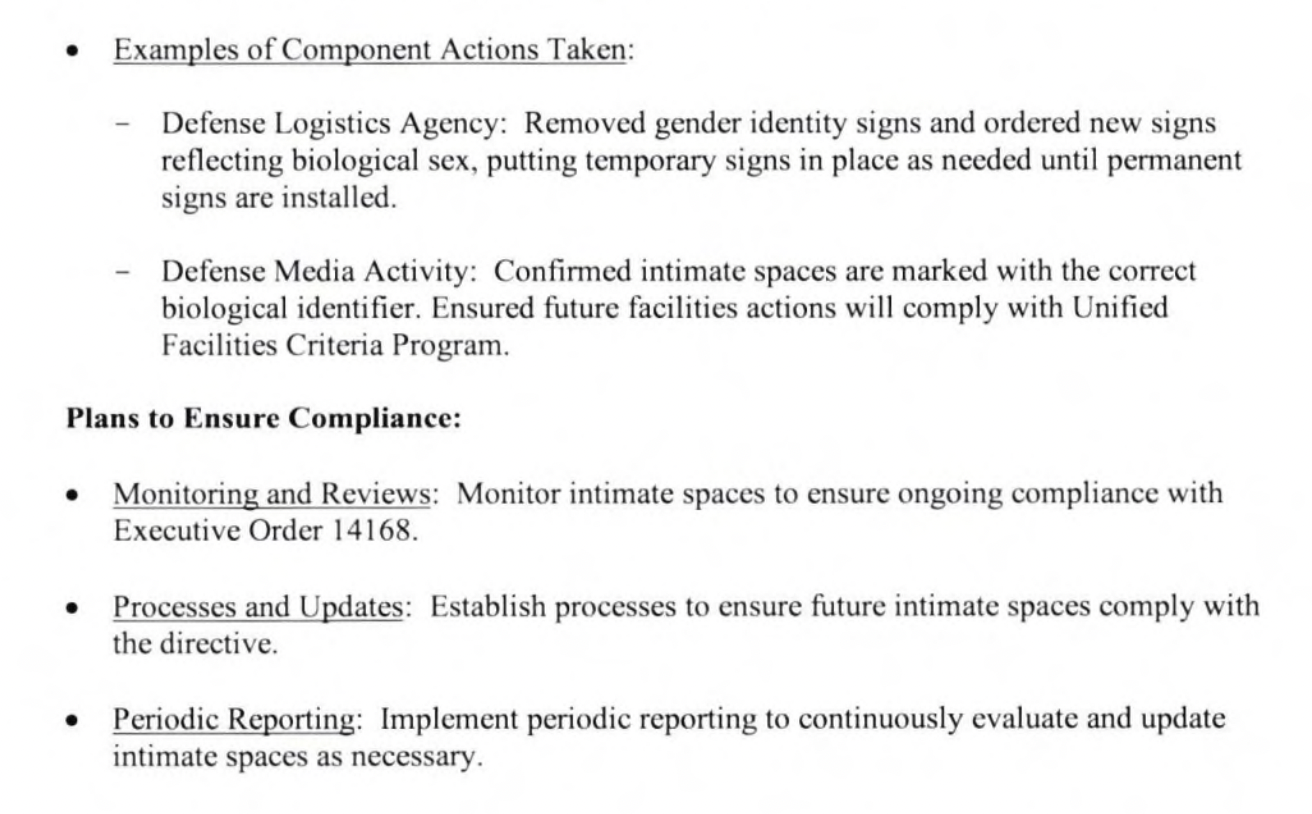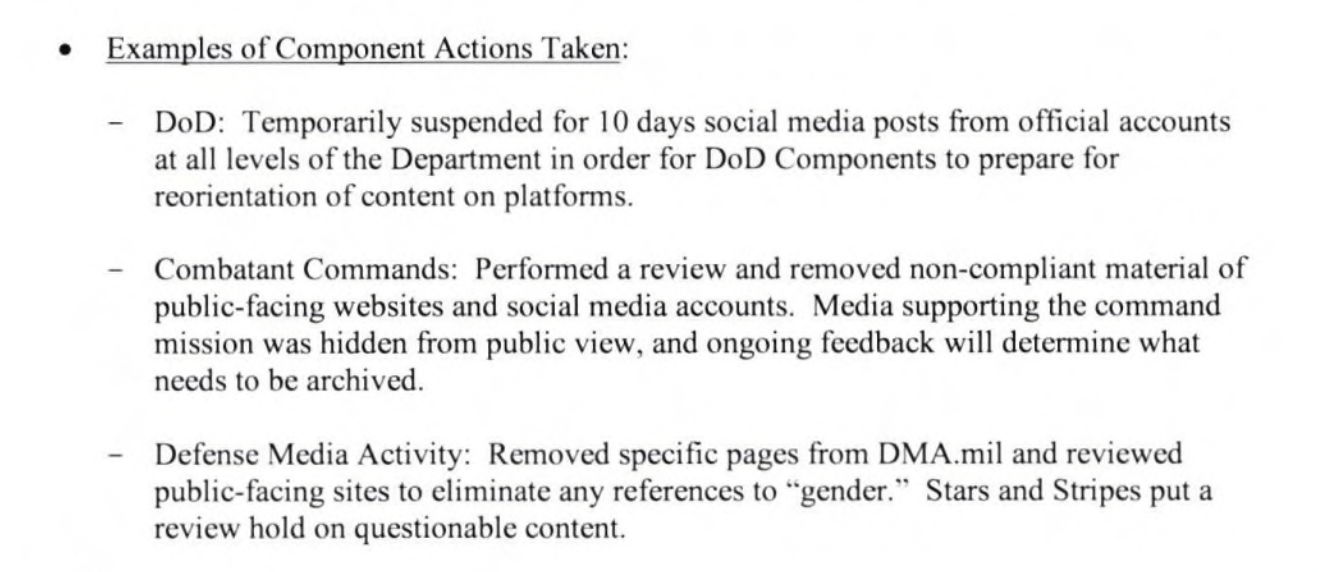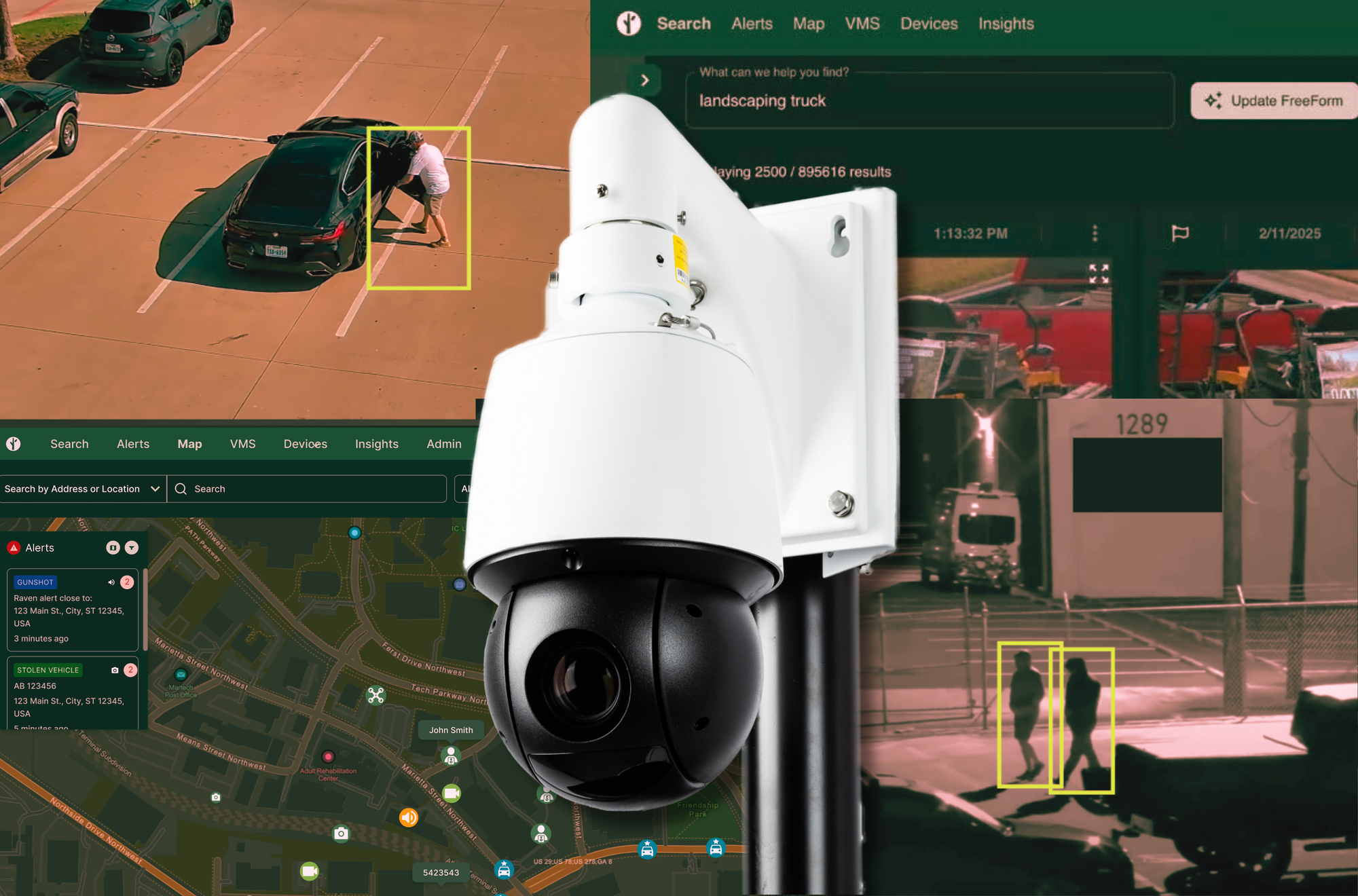404 Media at Two Years: How We've Grown, and What's Next

Last week, we were talking to each other about the fact that we were about to hit the second anniversary of 404 Media. The conversation was about what we should say in this blog post, which obviously led us to try to remember everything that has happened in the last year. “I haven’t considered a thing beyond what’s been five seconds behind or in front of me for the last year,” Sam said.
The last year has been a whirlwind not just for us but for, uhh, the country and the world. And we’ve been trying our absolute best to bring you stories you can’t find anywhere else about the wildest shit happening right now, which includes the Silicon Valley-led dismantling of the federal government, the deployment of powerful surveillance against immigrants and people seeking abortions, the algorithmic, AI-led zombification of “social” media, the end of anonymity on the internet, and all sorts of weird stuff that we see on our travels through the internet. As Sam noted, we have largely had our heads down trying to bring you the best tech journalism on the internet, which hasn’t left us a ton of time to think about long-term projects, blue-sky ideas, or what the best business strategies for growing this company would be.
Our guiding principle is something we said we would do on day one of starting this company: “We believe it is possible to create a sustainable, profitable media company simply by doing good work, making common-sense decisions about costs, and asking our readers to support us.” What we have learned in two years of building this company is that there is no secret to building a media company, and that there are also no shortcuts. When we work hard to publish an important article, more people discover us and more people subscribe to us, which helps solidify our business and allows us to do more and better articles. As our stories reach a larger audience, the articles often have more impact, more potential sources see them, and we get more tips, which leads to more and better articles, and so on.
In our second year as a media outlet, we’ve done too much impactful reporting to list out in this post. But to summarize some of the big ones:
- We revealed that ICE was tapping into Flock, a nationwide AI-enabled camera network, thanks to local cops. Since then, a police department shut off external access to its cameras after learning they were being searched for immigration related offenses and Austin banned Flock in its city and specifically cited our reporting. The company now says it has severed access to Illinois data for 47 agencies. In response to our story about a Texas cop who searched Flock cameras nationwide for a woman who had a self-administered abortion, the Illinois Secretary of State is investigating the respective suburban Chicago police department because this data sharing violates state law. Congress opened a formal investigation into Flock because of our reporting.
- Meta sued a nudify app that 404 Media reported bought thousands of ads on Instagram and Facebook.
- We broke the news that TeleMessage, a Signal-clone used by the Trump administration, was hacked. Lawmakers demanded answers from the DOJ, and Customs and Border Protection (CBP), which used TeleMessage, paused its use of the tool. TeleMessage itself suspended operations too.
- Civitai, a site 404 Media has repeatedly shown was used to generate nonconsensual adult content, banned all AI models designed to generate the likeness of real people.
- After we found Meta's AI Studio chatbots were posing as therapists with fake license numbers and credentials, four senators demanded answers from Meta and a digital rights organizations filed a complaint with the FTC.
- We uncovered that 100,000 people were using a Telegram bot that made non-consensual AI sex videos of anyone. After we covered it, Telegram shutdown the bot.
- We found that Coca Cola was running an AI-powered ad that got basic facts wrong and fabricated quotes from authors. Coca Cola pulled down the ad in response.
- A public library ebook service said it was going to cull AI slop after we found low quality books were flooding libraries.
- Nvidia was sued after we revealed the company scraped YouTube and other sites en masse to build its own AI systems.
- Congress repeatedly grilled Apple and Meta over their association with nonconsensual nudify and deepfake apps after we exposed the connections.
On top of all of these, we’ve published some of the most moment-defining stories that, as Jason has said many times, are the types of things people talk about at the bar after work. Those include:
- Discovering that anyone could push updates to the DOGE website
- Establishing and defining “AI Slop” as a genre (Shrimp Jesus anyone?) and uncovering the economics that make slop popular and profitable
- Following the creep of age verification and censorship across the U.S.
- The leaked plans from Palantir that outline how the company helps deport people
- The “total chaos” at Meta after Trump took office and Zuck went anti-DEI
- Breaking the news of the Tea hacks and continuing to publish new scoops on that saga
It has been a relief that this business strategy of “publish good articles and ask people to pay for journalism” still works, despite the fracturing of social media, the slopification of every major platform, AI being shoved into everything, and the rich and powerful trying to destroy journalism at every turn. That it is working is a testament to the support of our subscribers. We have no real way of knowing exactly where new subscribers come from or what ultimately led them to subscribe, but time and time again we have learned that the most important discovery mechanism we have is word of mouth. We have lost count of the number of times a new subscriber has said that they were told about 404 Media by a friend or a family member at a party or in a group text, so if you have told anyone about us, we sincerely thank you.






Photos by Sharon Attia
It wasn’t obvious when we started this company that it would actually work, though we hoped that it would.
In our post last year, we wrote, “We don’t have any major second-year plans to announce just yet in part because we have been heads down working on some of the investigations and scoops you’ve seen in recent days. The next year holds more scoops, more investigations, more silly blogs, more experiments, more impact, and more articles that hold powerful companies and people to account. We remain ambitious and are thinking about how to best cover more topics and to give you more 404 Media without spreading ourselves too thin.”
But we did take a moment to think about what has changed in the last year, and it turns out that quite a lot is different now than it was a year ago.
For one, we have cautiously begun to expand what we do. In the last year, we launched The Abstract, which is Becky Ferreira’s Saturday newsletter about science, which many of you have said you love and which helps us provide a sense of wonder and discovery when so much of what we report on is pretty bleak. We have been getting part-time (but very critical) help from Case Harts who is running and growing our social media accounts, which is helping us put our stories more natively on Instagram, TikTok, YouTube, and other platforms that we do not control but which nonetheless remain important for us to be on. Matthew Gault has started covering the military industrial complex, AI, weird internet, and dad internet beat for us, and has done a remarkable job at it. Rosie Thomas is our current intern who has published critical reporting about the sale of GPS trackers on TikTok, protests at the Tesla Diner, and the difficult decisions voice actors need to make about whether they should let AI train on their voices.
All of this has changed what 404 Media looks like, a little bit. We have spent a lot of time thinking about what it would look like to expand beyond this, why people subscribe to us, what it would mean to go further, and what the four of us are actually capable of handling outside of the journalism. Because of your support we are in a place where we’re able to ask questions beyond “Can we survive?” We’re able to ask questions like: “Should we try to make this bigger, and what does that look like?”
We feel incredibly lucky that we are now able to ask ourselves these questions, because there was no guarantee that 404 Media would ever work, and we are forever grateful to everyone who has supported us. You have helped us prove that this model can work, and every day we are delighted to see that other journalists are striking out on their own to create their own publications.
We are still DIYing lots of things. Emanuel is still doing customer support. Jason is still ordering, packing, and mailing merch. Sam is putting together events and parties. Joseph is doing an insane number of things behind the scenes, managing the podcast, working closely with one of our ad partners, and fixing technical issues. As we have grown, these tasks have started to take more and more time, which raises all sorts of questions about when and if we should get help with them. Should we do more events? Should we get someone to help us with them? What does that look like logistically and financially? These are the things that we’re working out all the time. It becomes a question of how much can we juggle while still having some semblance of work/life balance, and while making sure that we’re still putting the journalism first.
Other things that have happened:
- We began a republication partnership with WIRED that recently evolved to include a few coreported collaborations that have allowed us to team up on investigations we may not have been able to do by ourselves.
- We were subpoenaed for our sources on an article by Texas Attorney General Ken Paxton. We successfully fought off this subpoena with the help of our lawyer, which was expensive but which we were able to do because of your support. We are very proud of this.
- We have been invited to talk about 404 Media and our journalism at conferences and events around the world. Emanuel gave a journalism training in Costa Rica, Jason taught a group of Norwegian journalists how to file FOIA requests and gave a presentation at the Computer History Museum in Mountain View, Joseph spoke at the Hackers on Planet Earth conference, Sam went to Perugia, Italy to join a panel at the International Journalism Conference, and Sam and Jason talked about indie media at the last XOXO in Portland.
- We threw a party and live panel at SXSW (with the help of our friends at Flipboard), a DIY party at RIP.SPACE in Los Angeles, and we threw an anniversary party and podcast recording last night in Brooklyn.
- After the Trump administration took office, we got to work documenting all of the ways the internet and broader policy started shifting and how tech, surveillance, and immigration intersected, and continued years of holding power accountable through our journalism.
- We had much of our ICE and immigration coverage professionally translated into Spanish and republished without a paywall, which helps communities that benefit the most from our reporting on those topics get it as easily and accurately as possible.
- We took our first-ever break!
- We have moved to Ghost 6.0, which is not something we really did, but it’s important to point out that the new version of our CMS is built with native ActivityPub support, meaning our articles are automatically going into the Fediverse and are being mirrored directly onto Bluesky. We are very excited about the possibilities here as we continue to believe that the healthiest future of journalism and the internet is one where we create direct relationships with our readers that have as little algorithmic friction as possible. Ghost is an open-source nonprofit whose mission is very similar to 404 Media’s.
Like last year, we don’t have anything crazy to announce for year three. But we hope that you will continue to support us (or, if you’re finding us through this post, will consider subscribing). We discussed some of our hopes and dreams for year three in our latest bonus podcast that went out to supporters this week. We are all trying our very best to bring you important, impactful work as often as possible, and we are trying to be as clear as possible about what’s working, what’s not, and how we’re trying to build this company. So far, that strategy has worked really well, and so we don’t intend to change it now.



























